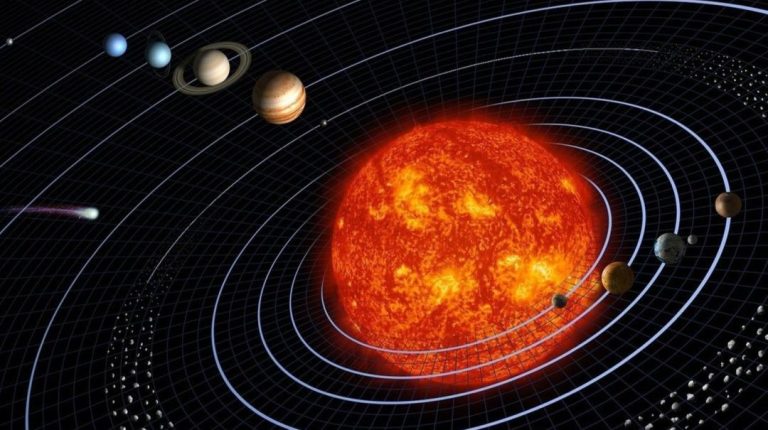
Mumbai & Kolkata on Path of Asteroid Nicknamed ‘City Killer’: Reports
In a chilling revelation, scientists have warned that two of India’s most populous cities, Mumbai and Kolkata, could be in the direct path of a potentially catastrophic asteroid nicknamed ‘City Killer’. According to reports, Asteroid 2024 YR4 is predicted to hit Earth in 2032, putting the lives of millions of people at risk.
The asteroid, which measures approximately 1,100 feet in diameter, is believed to have a 1 in 560 chance of impacting our planet. If it does, the consequences would be catastrophic, with scientists warning of “severe blast damage” affecting a radius of 31 miles from the impact site.
The predicted path of the asteroid takes it over densely populated areas, including Mumbai and Kolkata in India, Bogota in Colombia, and Lagos in Nigeria. These cities are home to millions of people, and the impact would have far-reaching and devastating effects on the environment, economy, and human life.
What is Asteroid 2024 YR4?
Asteroid 2024 YR4 is a near-Earth asteroid that was discovered in December 2024. It is a relatively large asteroid, measuring approximately 1,100 feet in diameter, which is roughly the length of a football field. Despite its size, the asteroid’s trajectory makes it a significant threat to our planet.
Why is it called the ‘City Killer’?
The asteroid has been nicknamed the ‘City Killer’ due to its potential to cause widespread destruction and loss of life if it were to impact a major city. The term is a sobering reminder of the devastating consequences that could unfold if the asteroid were to strike.
What would happen if the asteroid hits?
According to scientists, if Asteroid 2024 YR4 were to hit Earth, it would release an enormous amount of energy, causing widespread destruction and chaos. The impact would create a blast zone with severe damage, affecting a radius of 31 miles from the impact site.
The effects would be felt far beyond the immediate impact zone, with potential consequences including:
- Widespread destruction of infrastructure, including buildings, roads, and bridges
- Loss of life and injury to millions of people
- Disruption to global supply chains and economies
- Potential long-term environmental damage, including changes to the Earth’s climate and ecosystems
What is being done to track and mitigate the asteroid?
Scientists and astronomers are closely monitoring the asteroid’s trajectory and have been tracking its movement for several years. The European Space Agency (ESA) is leading the international effort to track and characterize the asteroid, using a combination of ground-based telescopes and space-based observatories.
The Indian Space Research Organisation (ISRO) has also launched a mission to track the asteroid, using a special telescope to gather data on its size, shape, and composition.
In addition to tracking the asteroid, scientists are working on developing strategies to mitigate the potential impact. This includes identifying potential deflection and disruption techniques, such as using gravity tractors or kinetic impactors to nudge the asteroid off its predicted path.
Conclusion
The discovery of Asteroid 2024 YR4 has sent shockwaves around the world, with scientists and governments scrambling to understand the potential risks and consequences. While the chances of the asteroid impacting Earth are still relatively low, the potential consequences are dire.
As the world continues to track the asteroid’s movement, it is imperative that we remain vigilant and prepared for any potential outcome. By understanding the risks and consequences, we can work together to mitigate the impact and ensure the safety and well-being of millions of people around the world.
Source:






